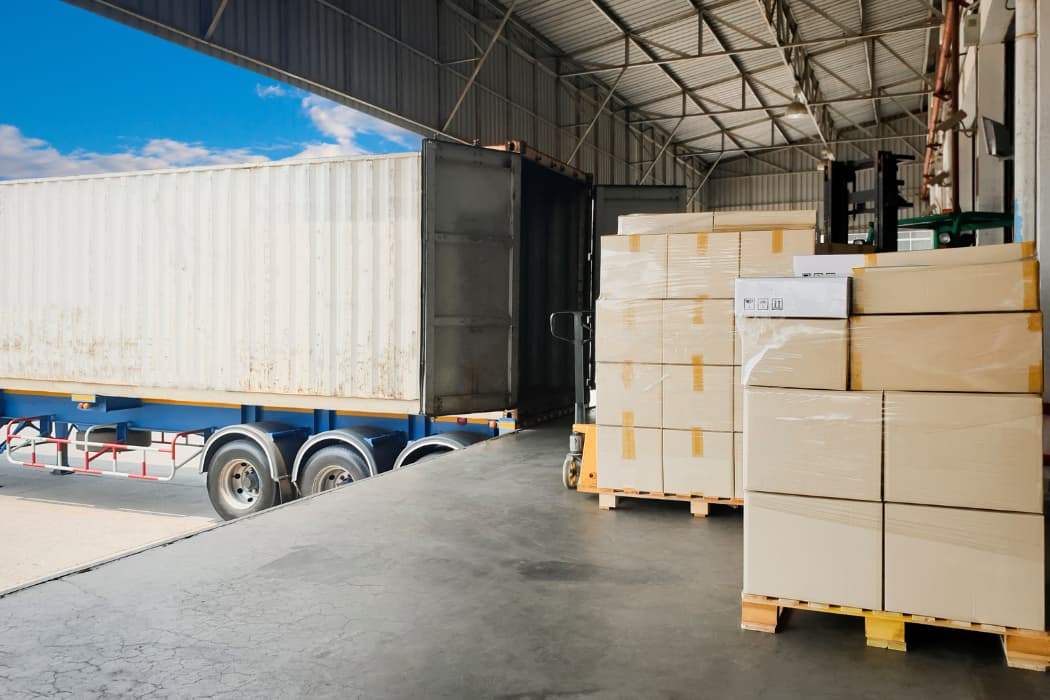
One way the less-than-truckload (LTL) sector is being reshaped is through streamlining and digitizing processes of the past. Technology like the new standardized electronic bill of lading (eBOL), established by the National Motor Freight Transportation Association, is now boosting supply chain efficiency.
C.H. Robinson is the first to implement eBOL with its LTL carriers. With more LTL shipments than any other third-party logistics (3PL) firm, this new eBOL eliminates manual work, improves real-time visibility, and reduces errors across the industry. With eBOL technology, shippers and carriers can experience:
- Increased efficiency
Manual paperwork and data entry have long been bottlenecks in LTL shipping operations. Unlike truckload freight, LTL can have upwards of 30 customers’ freight on a trailer, with 30 different destinations and 30 sets of paperwork. With eBOL, drivers no longer need to haul around books of stickers to put a tracking number on a paper bill of lading and every pallet, and carriers no longer need to manually enter large amounts of data at LTL terminals. Using eBOL technology, tracking numbers are generated in seconds to create complete bills of lading that minimize time spent on manual administrative tasks and save time at every shippers’ dock. - Enhanced real-time visibility
Historically, logistics providers received tracking numbers overnight or the morning after they were manually entered into their carrier’s computer system. With eBOL, tracking numbers are generated instantaneously, enabling status updates to shippers as soon as their freight is picked up. With better visibility, shippers can monitor their freight every step of the way. - Improved predictive ETAs
Accurate delivery estimates are crucial for effective supply chain management, and predicting arrival times within the LTL sector has its own complexities due to multiple destinations and multiple customers’ freight. By leveraging historical data and the earlier tracking updates that eBOL offers, predictive ETAs are becoming more accurate. C.H. Robinson has reached 92% accuracy in predicting that an LTL shipment will arrive on time. eBOL data will help the data science model continue to learn, further improving ETA accuracy over time. With enhanced predictive ETAs, shippers can save an estimated 10% on their annual costs due to better planning and proactive mitigation. - Fewer errors and lowers costs
Historically, carriers have handled tracking numbers for LTL shipments in different ways, meaning every 3PL and shipper had to accommodate each of those unique methods. This manual handling of paperwork not only slows down operations, but also increases the risk of errors and discrepancies. eBOL technology eliminates most of this manual work by automating the process and utilizing scannable tracking numbers to reduce costly entry errors and manual tasks among all parties.
The adoption of a consistent eBOL standard will elevate the entire supply chain industry, eliminating inefficiencies for carriers, drivers, shippers, 3PLs, warehouses, terminals, and receivers. As with all new technologies, it will take time for widespread adoption. We are just beginning to see the range of benefits that automating the bill of lading process will bring to the LTL sector.
To learn more about how eBOL can help streamline your LTL supply chain, contact one of our experts.



